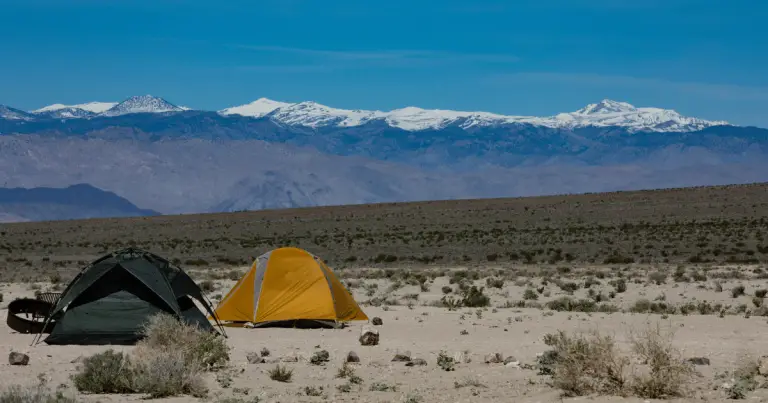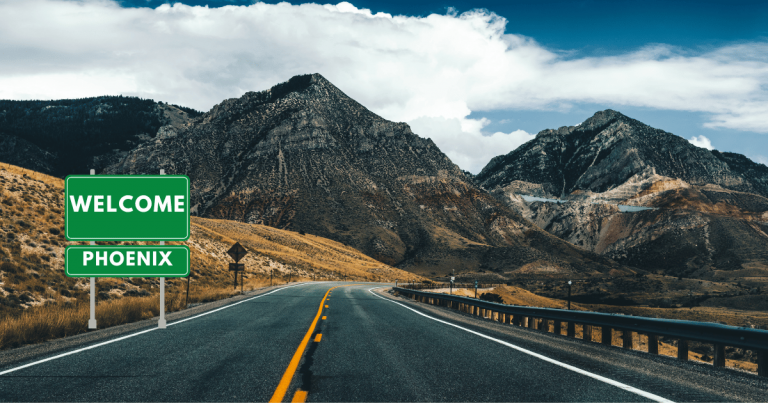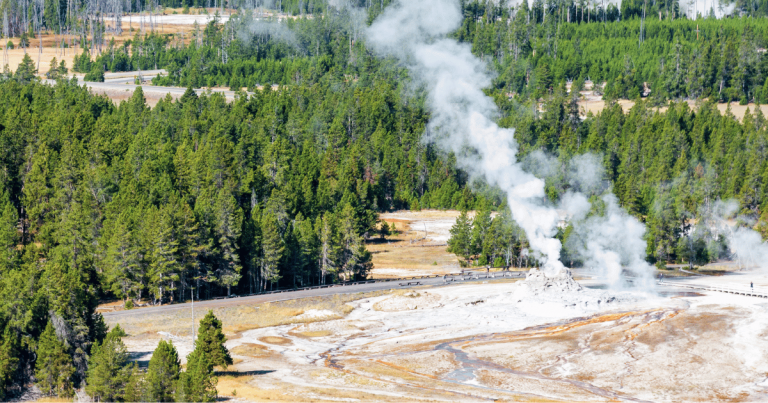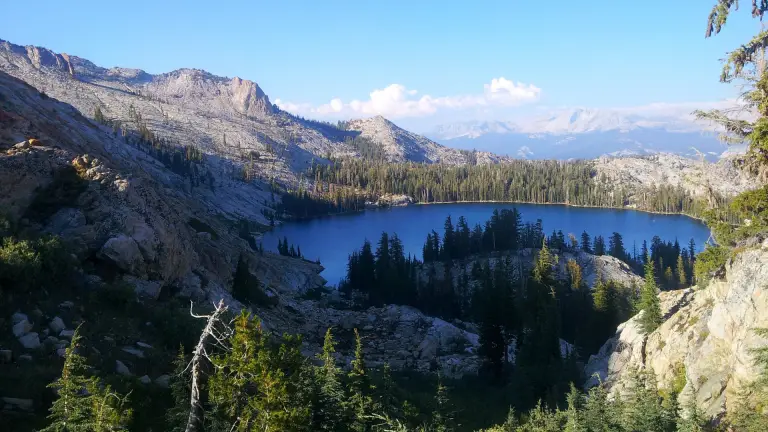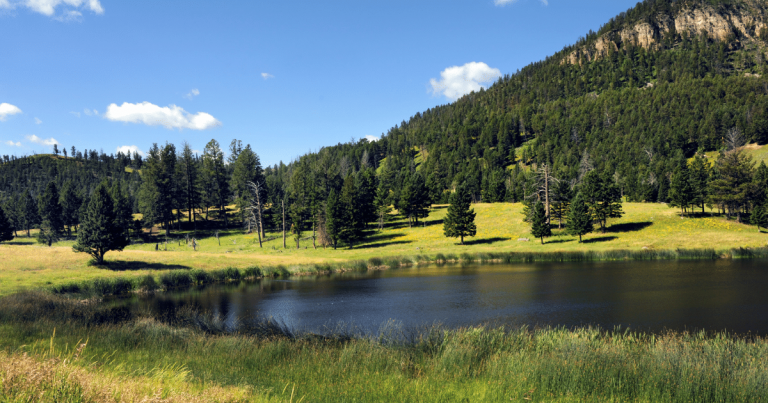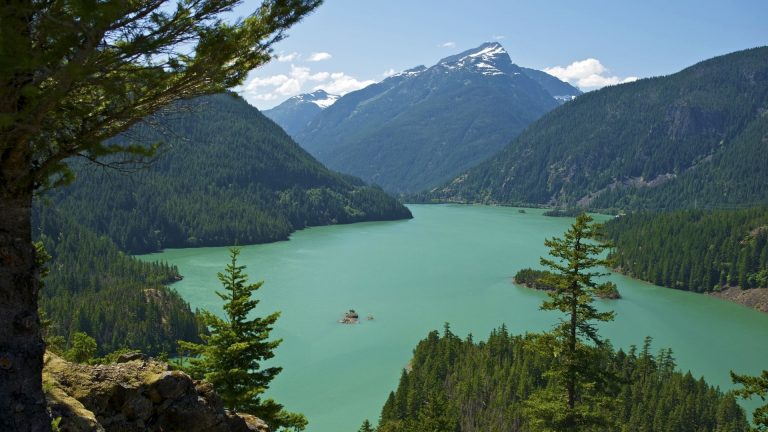Exploring Sedona Wetlands Preserve: A Natural Sanctuary
Sedona Wetlands Preserve is a spectacular place that is often overlooked by tourists visiting the picturesque city of Sedona, Arizona. This 27-acre preserve is a hidden gem, providing visitors with an opportunity to explore a unique ecosystem and observe a variety of bird species in their natural habitat.
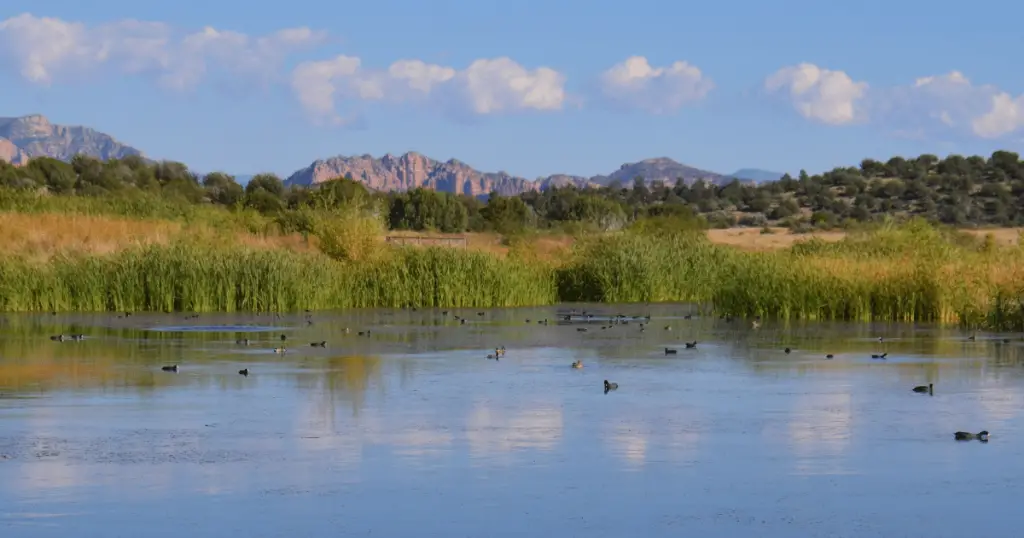
Diverse Ecosystems and Wildlife
The Sedona Wetlands Preserve hosts a rich variety of ecosystems, a testament to its biotic richness and environmental diversity. The wetlands attract a multitude of bird species, making it an ornithologist’s paradise. Birdwatchers will be excited to spot species such as the vibrant Western Tanager, the agile Black Phoebe, and the elusive Virginia Rail.
Rich Birdlife
The preserve is home to over 200 bird species, offering birdwatchers a vibrant display of colors, sounds, and behaviors to observe. It’s an awe-inspiring sight to watch flocks of Northern Pintails, Green-winged Teals, and American Wigeons wade through the shallow waters.
Birdwatching Opportunities
The preserve offers an excellent vantage point for birdwatching throughout the year. Its several observation decks are designed to give visitors an unobstructed view of the wetlands. Additionally, the early morning hours are particularly favorable for viewing the avian residents as they hunt and socialize.
Seasonal Migrations
The Sedona Wetlands Preserve also serves as a critical stopover site for migratory birds. During migration seasons, visitors can witness the arrival and departure of various species, including the elegant Sandhill Cranes and the charismatic White-faced Ibis. The seasonal migrations add a dynamic element to the already richly populated birdlife of the preserve.
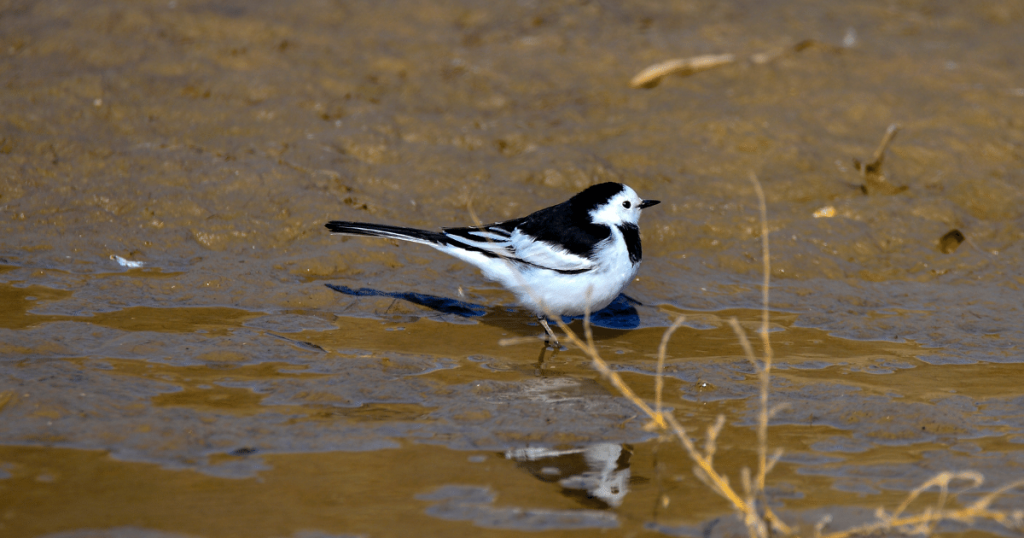
Aquatic Life
Beyond the birdlife, the Sedona Wetlands Preserve also boasts a diverse range of aquatic life. The wetlands, ponds, and streams within the preserve create an ideal habitat for various species of fish, amphibians, and insects. Visitors with a keen eye may be able to spot the darting movements of the native fish species, like the vibrant Sonoran Mud Turtle, or the Arizona Treefrog with its distinctive croak and varied coloration, camouflaging itself in the lush wetlands.
The preserve is also home to a host of water-dwelling insects, including various dragonfly species like the Western Pondhawk and the Flame Skimmer. These insects, with their translucent wings and iridescent bodies, add a subtle sparkle to the wetlands.
The aquatic ecosystems within the preserve are indeed a microcosm of life, teeming with species that contribute to the rich biodiversity of the area, offering visitors a glimpse into the intricate web of life that thrives in these wetlands.
Flora of Sedona Wetlands: Native Plant Species
The Sedona Wetlands Preserve is not just a haven for bird and aquatic life, but also a sanctuary for diverse native plant species. These indigenous plants contribute significantly to the unique and rich biodiversity of the preserve. They have adapted over time to thrive in the wetland environment, adding a verdant touch to the landscape while playing critical ecological roles.
Highlighting the Indigenous Plant Life in the Preserve
The preserve is a riot of green, thanks to the native plants like the Cattail, Bulrush, and the Water Primrose. The Cattail, with its distinctive long, cylindrical brown seed heads, is a familiar sight in the preserve. The Water Primrose, on the other hand, enchants visitors with its yellow flowers that bloom in summer. The Bulrushes further adorn the wetland landscape, their dense clumps providing shelter for many wetland creatures.
Adaptations to the Wetland Environment
These plants have evolved to survive in the challenging wetland environment. For instance, the Cattail have a unique ability to grow in waterlogged soil due to their well-developed aerenchyma cells, which facilitate the transport of oxygen from the air to their submerged roots. Similarly, the Water Primrose and Bulrushes have developed roots that can thrive in saturated soils.
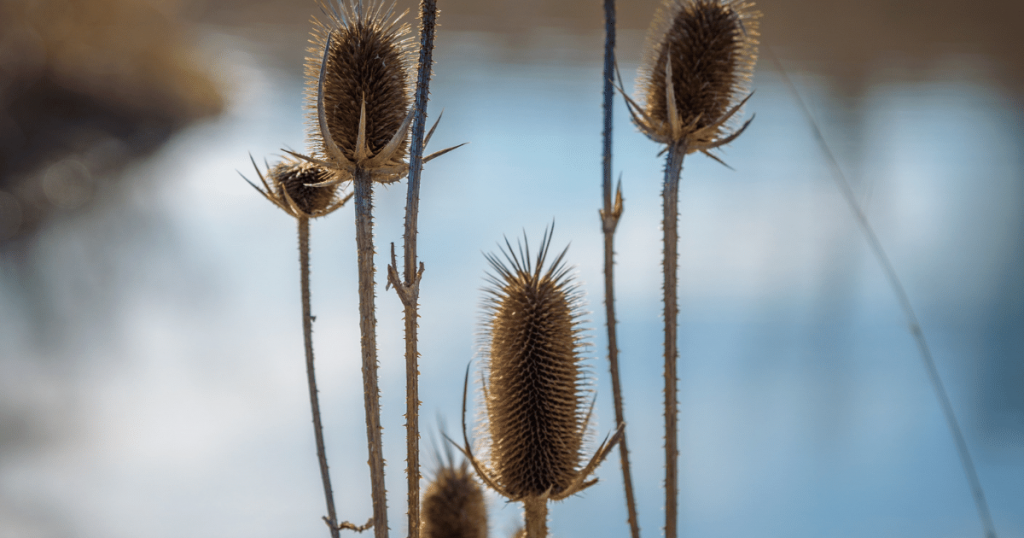
Their Ecological Roles
Each of these plant species plays a vital role in the ecosystem of the Sedona Wetlands Preserve. They help stabilize the soil, preventing erosion while their dense growth provides shelter and breeding grounds for various birds, amphibians, and insects. The plants also play a part in water purification by absorbing excess nutrients and trapping sediments. The native flora’s contribution to preserving the wetland’s health and the biodiversity it supports is truly invaluable.
Wildflowers and Blooming Seasons
One of the most captivating aspects of the Sedona Wetlands Preserve is the flurry of wildflowers that blossom throughout the year, painting the landscape with a changing palette of colors. These wildflowers offer more than just aesthetic value; they play an integral role in the ecosystem by attracting pollinators and providing food sources for various organisms.
Spring and Summer Blooms
During the spring and summer, visitors to the preserve are greeted with the vibrant colors of wildflowers such as the Arizona Poppy, with its fiery orange petals, and the delicate Pink Fairy Duster. These flowers provide a rich nectar source for pollinators like bees, butterflies, and hummingbirds, playing a critical role in the pollination process.
Fall and Winter Blossoms
In the fall and winter, the landscape transforms with the arrival of flowers like the bright yellow Brittlebrush and the pale pink Desert Globemallow. These hardy wildflowers have adapted remarkably well to the cooler temperatures, providing a touch of color to the otherwise barren winter landscape.
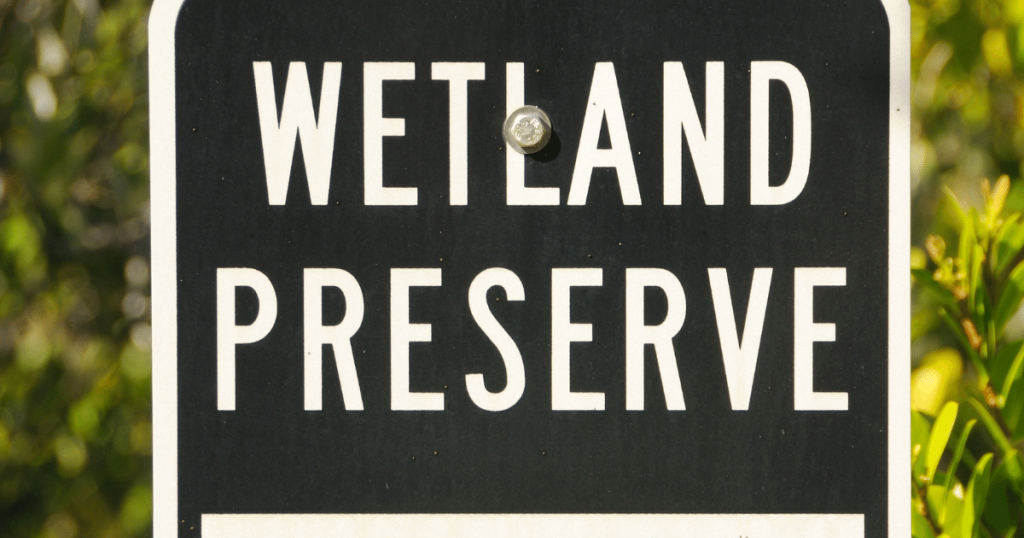
Ecological Role of Wildflowers
The wildflowers in the Sedona Wetlands Preserve are more than just visual delights. They serve as crucial elements in the ecosystem. Besides attracting pollinators, they provide shelter for small insects and serve as a food source for various bird species. The seeds produced by these flowers provide sustenance for many creatures during the leaner winter months. The life cycles of these flowers are intrinsically intertwined with the overall health and vibrancy of the preserve’s ecosystem, demonstrating the interconnectedness of all life within the wetlands.
From season to season, the wildflowers in Sedona Wetlands Preserve offer a visual spectacle while underpinning the preserve’s rich biodiversity. These resilient flora are a testament to the dynamic and ever-changing beauty of this natural sanctuary.
Educational Initiatives and Interpretive Programs
To enhance visitors’ understanding and appreciation of the Sedona Wetlands Preserve, several educational initiatives and interpretive programs have been implemented.
Guided Tours and Walks
One of the most popular of these programs is the guided tours and walks. These tours, led by knowledgeable guides, offer an in-depth exploration of the preserve, highlighting its rich biodiversity and the crucial ecological roles played by the resident species.
Visitors are informed about the available guided tours when they arrive at the preserve. They can choose between different tours focusing on various aspects of the preserve, such as birdwatching, wildflower identification, or understanding the wetlands’ aquatic life. These tours offer a hands-on learning experience, enhancing visitors’ understanding of the wetlands and their importance.
Educational Insights into the Wetland’s Importance
The preserve also offers educational programs designed to provide deeper insights into the importance of the wetlands. Through interactive workshops and discussions, visitors are educated about the wetlands’ role in water purification, soil stabilization, and providing habitat to various species.
These educational initiatives emphasize the need for wetland conservation, inspiring visitors to become active participants in preserving these valuable ecosystems. They beautifully illustrate how every component, from the smallest insect to the tallest plant, plays a critical role in maintaining the health and vibrancy of the wetlands.
These initiatives and programs at the Sedona Wetlands Preserve serve as a platform for fostering a deeper connection between people and nature while promoting the significance of protecting and preserving our natural resources.
Final Thought
The Sedona Wetlands Preserve is not just a breathtaking spectacle of nature’s beauty but a vital ecological hub teeming with diverse life forms. The intelligent adaptations of its resident plants and the vibrant array of wildflowers underscore the remarkable resilience of nature.
The preserve’s educational initiatives and interpretive programs are a testament to the commitment to foster an appreciation for nature and highlight the importance of conservation. Thus, each visit to the Sedona Wetlands Preserve is a journey of discovery, a step closer to understanding the intricate ties that bind us to our environment and the indispensable role we play in its preservation.

